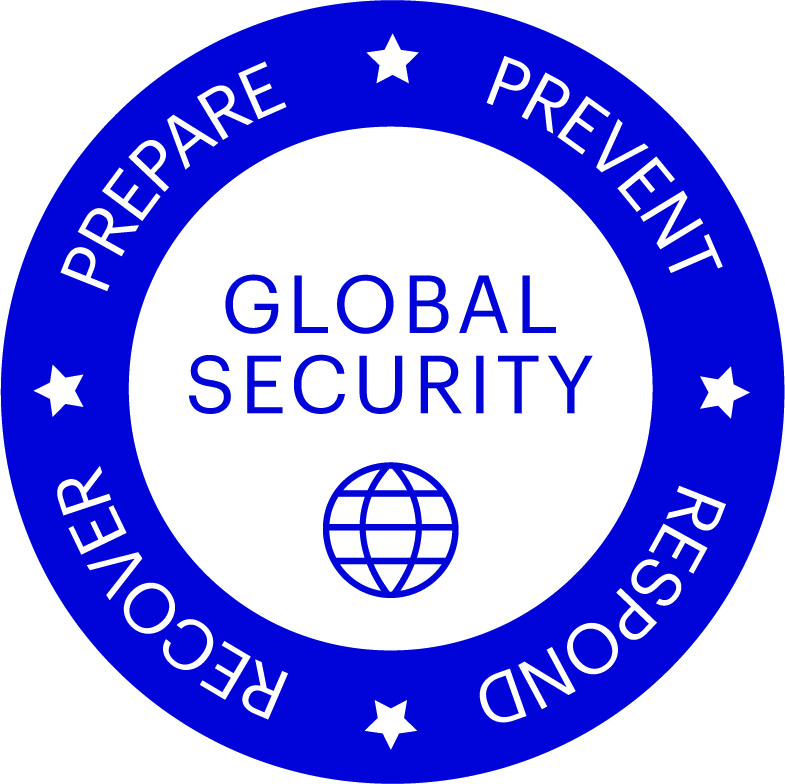



Identify Hotel Public Relations Point of Contact:
Identify Region Public Relations Point of Contact:
Identify Corporate Public Relations Point of Contact:
Consider critical supplies and materials for the special situations response. Think about what is needed initially on Day 1, then from Day 2 or 3 until Day 10 or however long the disruption may impact the hotel. Focus on critical supplies for the immediate period of response. Consider the following:
Identify Hotel Public Relations Point of Contact
Identify Region Public Relations Point of Contact
Identify Corporate Public Relations Point of Contact
Identify Hotel Public Relations Point of Contact
Identify Region Public Relations Point of Contact
Identify Corporate Public Relations Point of Contact
Consider critical supplies and materials for the special situations response. Think about what is needed initially on Day 1, then from Day 2 or 3 until Day 10 or however long the disruption may impact the hotel. Focus on critical supplies for the immediate period of response. Consider the following:
Identify Hotel Public Relations Point of Contact
Identify Region Public Relations Point of Contact
Identify Corporate Public Relations Point of Contact
Consider critical supplies and materials for the special situations response. Think about what is needed initially on Day 1, then from Day 2 or 3 until Day 10 or however long the disruption may impact the hotel. Focus on critical supplies for the immediate period of response. Consider the following:
Identify Hotel Public Relations Point of Contact
Identify Region Public Relations Point of Contact
Identify Corporate Public Relations Point of Contact
Consider critical supplies and materials for the special situations response. Think about what is needed initially on Day 1, then from Day 2 or 3 until Day 10 or however long the disruption may impact the hotel. Focus on critical supplies for the immediate period of response. Consider the following:
Identify Hotel Public Relations Point of Contact
Identify Region Public Relations Point of Contact
Identify Corporate Public Relations Point of Contact
Consider critical supplies and materials for the special situations response. Think about what is needed initially on Day 1, then from Day 2 or 3 until Day 10 or however long the disruption may impact the hotel. Focus on critical supplies for the immediate period of response. Consider the following:
On recognition or notification – Activate Emergency and SSM Team
Identify Hotel Public Relations Point of Contact
Identify Region Public Relations Point of Contact
Identify Corporate Public Relations Point of Contact
Consider critical supplies and materials for the special situations response. Think about what is needed initially on Day 1, then from Day 2 or 3 until Day 10 or however long the disruption may impact the hotel. Focus on critical supplies for the immediate period of response. Consider the following:
Identify Hotel Public Relations Point of Contact
Identify Region Public Relations Point of Contact
Identify Corporate Public Relations Point of Contact
Consider critical supplies and materials for the special situations response. Think about what is needed initially on Day 1, then from Day 2 or 3 until Day 10 or however long the disruption may impact the hotel. Focus on critical supplies for the immediate period of response. Consider the following:
Identify Hotel Public Relations Point of Contact
Identify Region Public Relations Point of Contact
Identify Corporate Public Relations Point of Contact